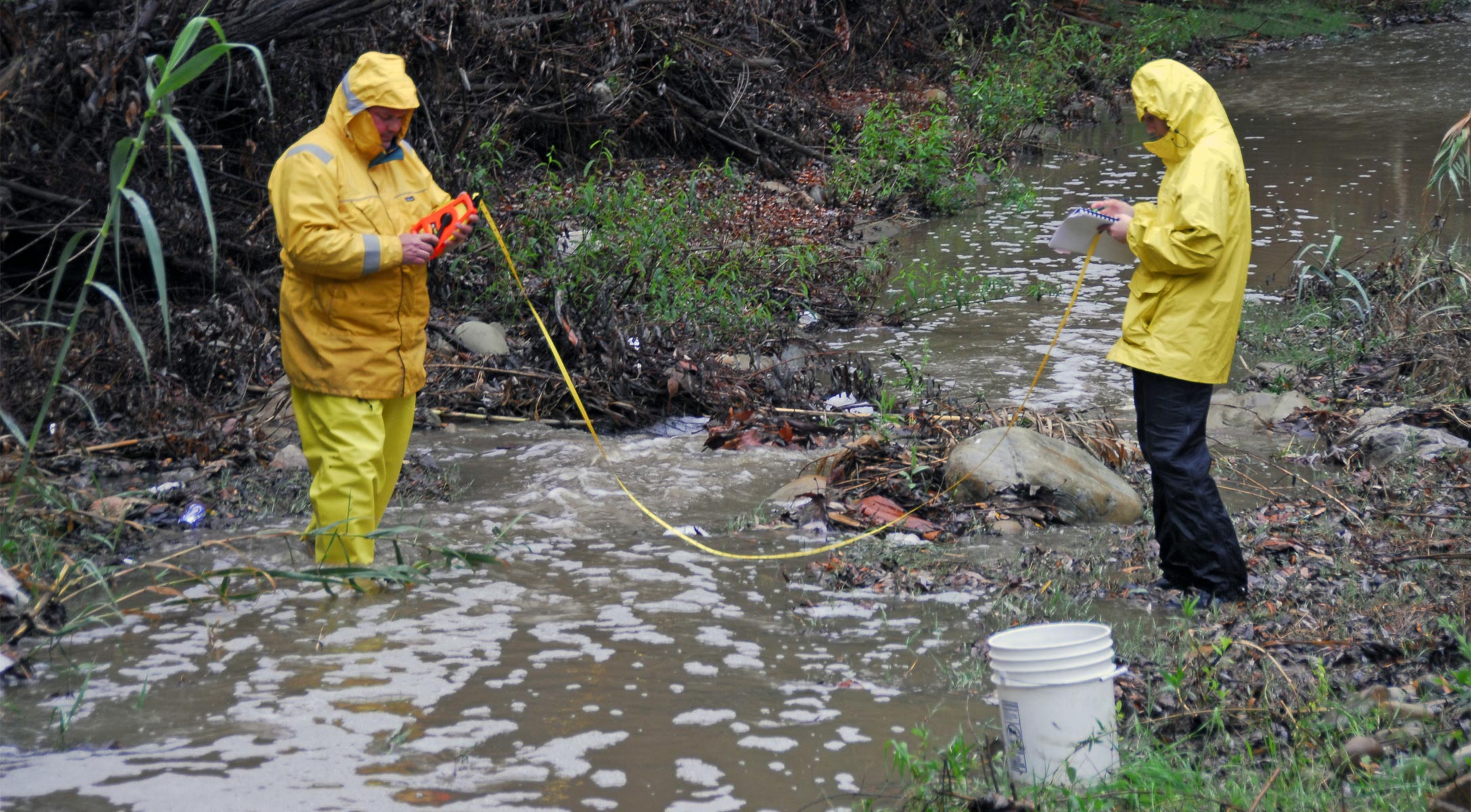Irrigation and Nitrogen Management Plans

¡Nuevo!
Recursos en español disponibles a continuación.
Background
In 2018, the State Water Resources Control Board promulgated the East San Joaquin precedential requirements, which established stricter regulatory guidelines for agricultural discharges in California. These requirements focus on protecting groundwater and surface through comprehensive irrigation and nutrient management program elements, including:
- Groundwater quality trend monitoring
- Irrigation and Nutrient Management Plan (INMP) development
- Irrigation and Nutrient Management Report (INMR) submittal
- On-farm drinking well sampling
- Groundwater protective formulas, values, and target development
Irrigation and Nutrient Management Plan (INMP)
By March 1, 2025, all operators must develop an Irrigation and Nutrient Management Plan (INMP) and annually thereafter.
- Perennial Crops: An INMP must be developed for the given calendar year, with the first INMP covering the 2025 calendar year.
- Annual Crops: An INMP must be developed for all crops established within the calendar year. The initial INMP(s) will cover crops established between March 1 and December 31, 2025, as INMP requirements take effect on March 1, 2025.
INMP Requirements
- Must be developed annually and kept on-farm.
- One INMP is required per Management Unit, defined by the same crop, age, and management practices within contiguous fields.
- Each INMP includes:
- Pre-season element – Anticipates crop irrigation and nutrient needs (must be certified).
- Post-season element – Records actual nitrogen (N) application, irrigation water applied, and harvest yield.
- Forms: INMP Template and INMP Instructions
Irrigation and Nutrient Management Report (INMR)
By March 1, 2026, all operators must submit an Irrigation and Nutrient Management Report (INMR), summarizing information from their INMP(s).
- Perennial Crops: The INMR will summarize the prior calendar year’s INMP(s).
- Annual Crops: The INMR will summarize the INMP(s) for all crops harvested during the prior calendar year.
- For the initial March 1, 2026, INMR, only crops that completed a full cycle in 2025 (both established and harvested) will be reported.
- Crops established in 2025 but not harvested by year-end will be reported in the March 1, 2027, INMR (covering the 2026 calendar year).
INMR Requirements:
- Reported per INMP Management Unit:
- Total N applied
- Harvest yield
- Implemented management practices
- INMRs must be submitted to VCAILG, anonymized, and then reported to the Regional Board.
- Data will be used to identify and follow up with outliers, providing targeted notifications and education.
- Form: INMR Template
INMP Certification Options
Certified INMPs can be developed using one of the following methods:
- Grower Self-Certification
- By attending a CDFA FREP-approved training program.
- NRCS Site-Specific Recommendations
- Self-certification by a grower who follows Natural Resource Conservation Service (NRCS) site-specific recommendations.
- Certified by a Crop Advisor
- A Certified Crop Advisor (CCA) can develop or approve the INMP (see the list below).
Available resources for the development of certified plans are listed below.
- INMP Template (PDF version)
- INMP Template (excel version)
- INMP Instructions
- INMR Template
- Standard Crop Type List
- DRAFT N Removal Coefficient List
- Nitrogen Demand Avocados
- Nitrogen Demand Citrus
- Geisseler_Report
- INMP Training Presentation (January 29 and 30, 2025)
- INMP Self-Certification Training Workbook
- CCA List
¡Nuevo!
Recursos en Español Ahora Disponibles
 Looking for the Clearwater login page?
Looking for the Clearwater login page?